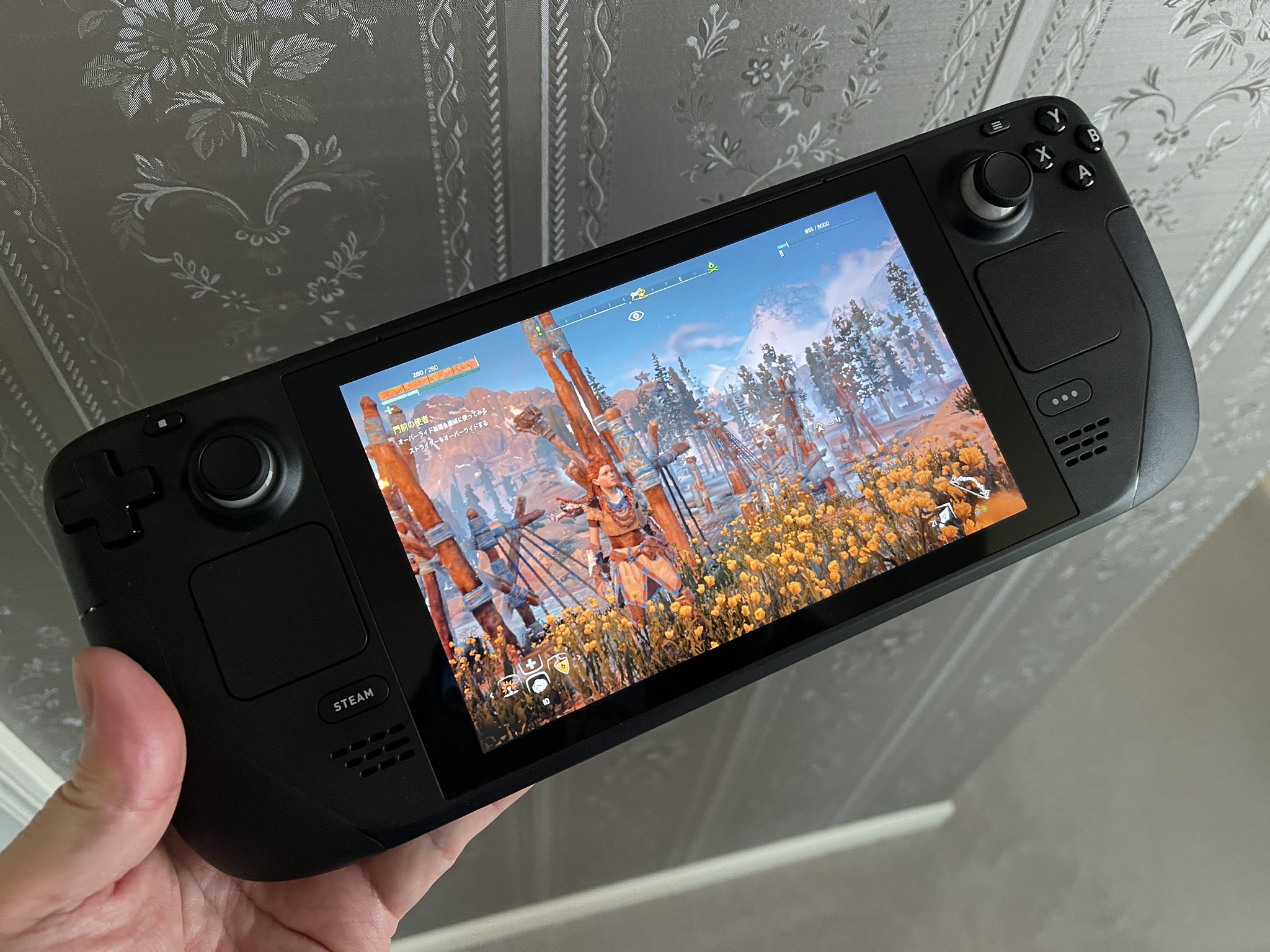Valve Steam Deck gets a big info dump — here's what you need to know
Valve’s virtual developer summit reveals plenty of interesting tidbits about the delayed Steam Deck.

Valve Steam Deck units now won’t be arriving in early adopters’ mailboxes until February, but that didn’t stop Valve hosting a virtual developer summit on Friday to reveal more details about the handheld powerhouse. Valve also reconfirmed its February timetable and believes stock will be good throughout 2022.
We’ve outlined the key announcements below, but if you really want to get into the weeds of what was discussed, you can watch the videos from the conference yourself on the Steam website. There are eight videos spanning everything from how developers can optimize their games for the handheld, to a deep dive on the AMD-built chip.
Steam Deck: the big hardware announcements
The big announcement was more information on the freshly christened Aerith SoC from AMD: a 4-core, 8-thread APU (accelerated processing unit) with a power envelope of between 4 and 15 watts. It contains a 2.4-3.5GHz AMD Zen 2 CPU and 8 AMD RDNA 2 graphics compute units clocked at 1- to 1.6GHz. That gives the machine a total of 1.6 teraflops of graphical grunt, putting it somewhere between an Xbox One and a PS4.
Despite that ample handheld power, it’s important to note that Valve is prioritizing consistency over performance. “The performance your game gets in the first ten seconds is likely to be the same performance you get two hours from now, or even indefinitely if you’re plugged into the wall,” explained Valve’s Yazan Aldehayyat.
What’s more, there are no power restrictions on the chip, meaning you should get the same in-game performance on battery as when plugged in. As such, developers may want to put frame-rate limiters in place, because dropping to 30 frames per second will mean big gains to battery stamina.
Speaking of what developers can do to help Steam Deck early adopters get the most out of the new device, Valve mentioned that creators can upload versions of their titles with lower fidelity textures specifically for the handheld. That should not only improve performance for Steam Deck owners who likely won’t be able to tell the difference on a 7-inch 800p screen, but means that file sizes will also come down — something that could be significant for buyers of the basic $399 64GB model.
That basic model comes with eMMC storage which is certainly slower than the NVMe drive found in the more expensive versions. But according to Valve it’s not that bad, with loading times about 12% slower (though the system is about 25% slower booting up).
Get instant access to breaking news, the hottest reviews, great deals and helpful tips.
On the subject of performance boosts, Valve also spoke about what you can expect from the Steam Deck in docked mode. If you’re using a 45-watt power supply, you can charge and play at the same time, as well as power up to 7.5 watt’s worth of peripherals. The USB-C port can output to a pair of 4K monitors running at 60Hz, and it’ll also support AMD’s FidelityFX Super Resolution upscaling which is certainly a bonus.
But the Steam Deck is, of course, predominantly a handheld, and this means that Valve has had to reconsider how people use it — especially in relation to cloud saves. If you play a game on Steam today, your game will sync the save data after you quit, but that’s not ideal for a handheld with quick-resume functionality where you may almost never drop out.
As a result, Valve is changing things so that games sync in the background as you suspend your game. That would open up the tantalizing possibility of being able to jump between your desktop and SteamDeck without losing your spot.
Full Steam ahead?
There are, of course, a few limitations that were touched upon. Firstly, Steam Deck is absolutely not built for VR. “We definitely didn’t design and build the device for VR,” said Valve’s Lawrence Yang, putting to bed the idea of tucking your Steam Deck into a pocket and tethering it to an Oculus Quest 2.
There are also no plans to introduce cellular data to Steam Deck, meaning no multiplayer or game updates when you’re out and about. Well, you could tether it to your phone, but it doesn’t sound like a perfect solution.
Finally, while Valve did show off a prototype white Steam Deck with the Aperture Science logo from Portal on the back, there are currently no plans to introduce new colors alongside the default black. Other colors may follow, but that’s “really down the road.”
There's enough here to pique are interest in the Steam Deck once again. Whether it'll spark a handheld PC revolution has yet to be seen, but so far it's looking promising.
Freelance contributor Alan has been writing about tech for over a decade, covering phones, drones and everything in between. Previously Deputy Editor of tech site Alphr, his words are found all over the web and in the occasional magazine too. When not weighing up the pros and cons of the latest smartwatch, you'll probably find him tackling his ever-growing games backlog. He also handles all the Wordle coverage on Tom's Guide and has been playing the addictive NYT game for the last several years in an effort to keep his streak forever intact.

